Fake news stories on the internet have hit the headlines in recent weeks – especially since the US election.
While much of the focus has been on Facebook, Google and Twitter, other popular platforms all have their own systems to enable readers to report fake news. Some are better than others, some are non-existent.
But how can you help to remove false news from the internet and what are the big platforms doing to help?
Things to ask yourself before you share a claim
In our earlier guide to spotting fakes during the US election, we gave you some ground rules to help with identifying false or misleading reports.
- Have I heard of the publisher before?
- Is this the source I think it is, or does it sound a bit like them?
- Can I point to where this happened on a map?
- Has this been reported anywhere else?
- Is there more than one piece of evidence for this claim?
- Could this be something else?
Armed with these you can progress to reporting it to the authorities, in this case large multinational corporations from the USA.
This is the one everyone is talking about. Why? Because you would like to be able to trust your friends and family to get things right, even that relative who has not made sense for at least a decade.
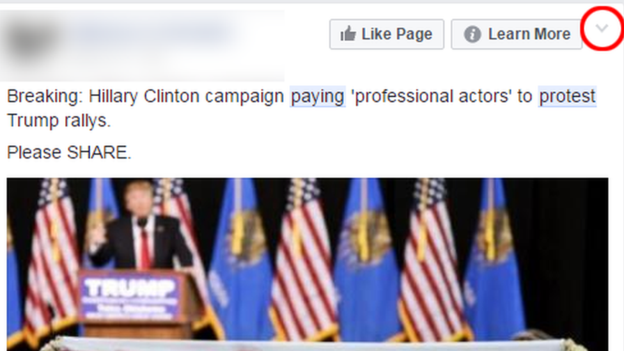
With its huge reach – 1.7bn users and counting – when news starts travelling on Facebook, it really travels.
If you are unsure about a post, find the little chevron/down arrow in the top corner – we’ve ringed it for you in the image above – and then pick the “report post” option.
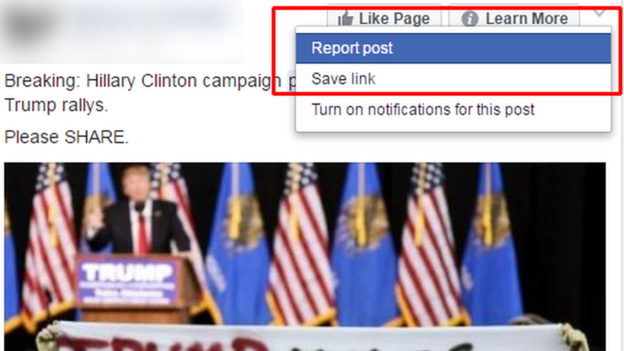
Do you think it should be on Facebook? No.
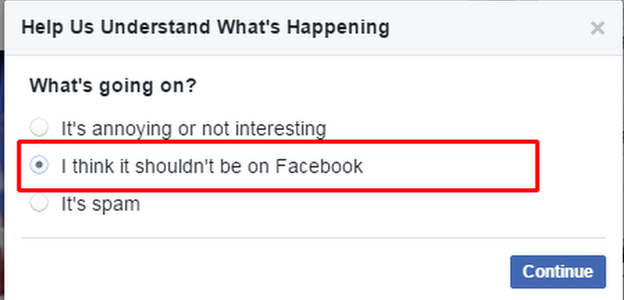
Then tell them why.
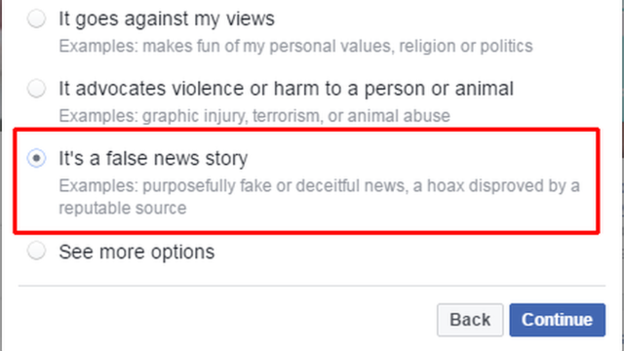
Just one more thing… For thoroughness, we’d recommend doing all of the options.
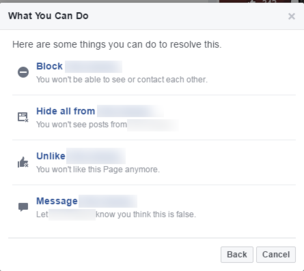
The search giant is where you go when you want to check what your friends are saying, is true don’t you?
Its chief executive Sundar Pichai says fake news should not be distributed. And we agree.
Imagine how we felt when we searched for paid protesters.
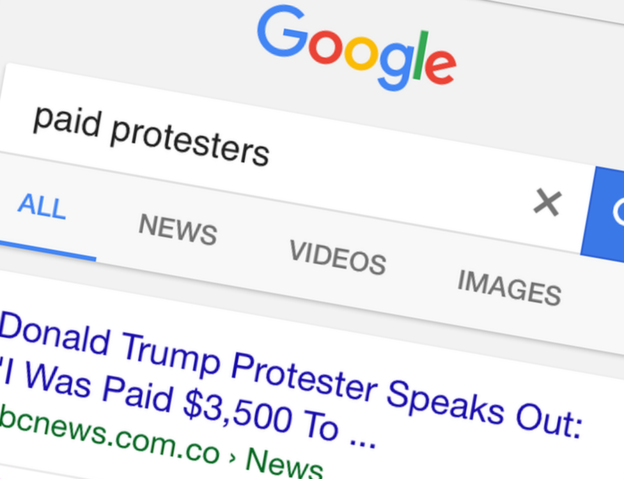
That is the same fake site pretending to be ABC News, that we’re using throughout this article to test how you can report fake news.
If you want to tell Google, you will need to scroll to the bottom of the page and click on send feedback.
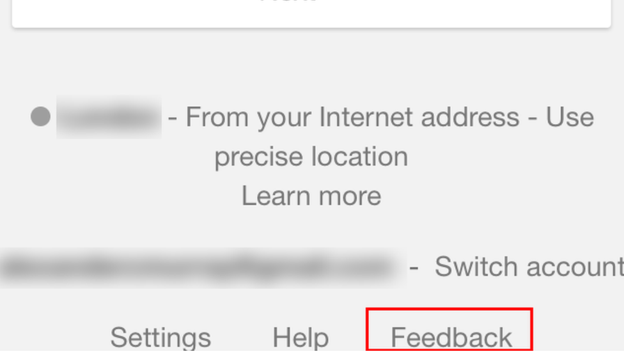
Keep it clean and factual and include the link you are reporting.
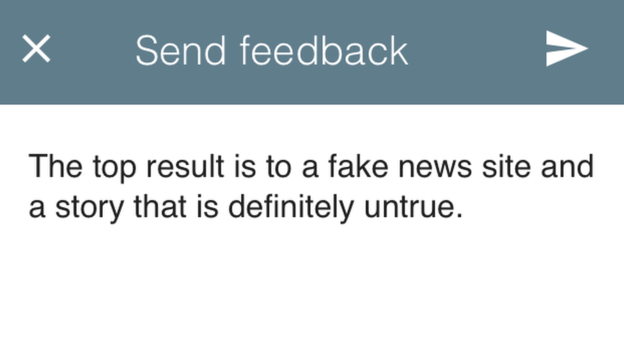
Do not forget to send them a screenshot. They even let you highlight the most fake of the fake bits.
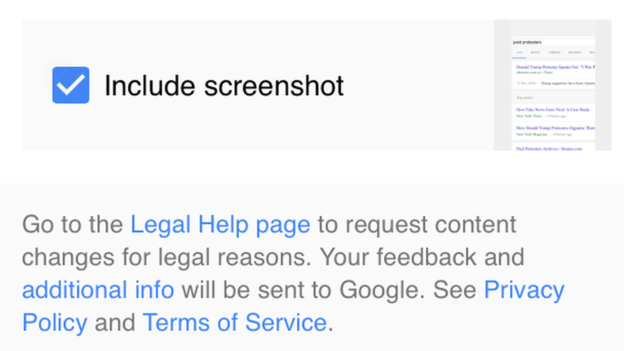
While the micro-messaging platform has been big on cracking down on abuse and threats, its tools for reporting fakery are limited. Here is our story again…
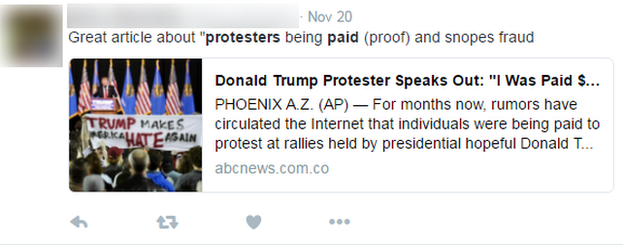
You will need to click the chevron in the corner or the three dots under a tweet, then chose “report tweet”.
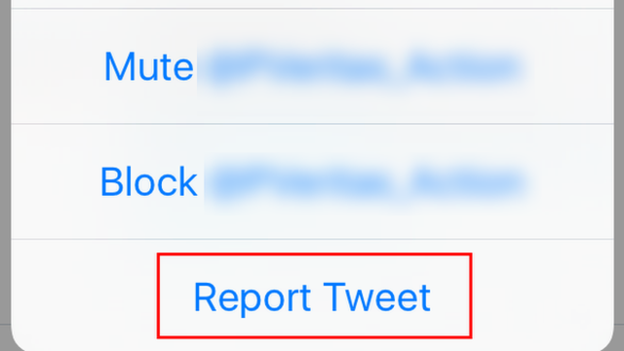
It is not really spam, and no-one is “interested” in fake news in their feed. It is harmful, but not in the ways Twitter then lists.
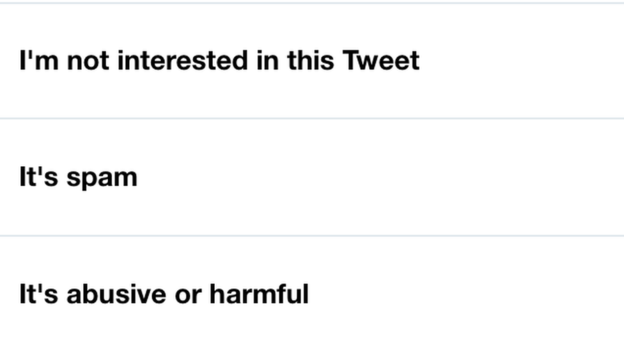
So we are just going to have to suggest you click spam or not interested, depending on how generous you are feeling.
The options at the top of the list for reporting a post tell you something about what the biggest issues apparently are for Instagram users.
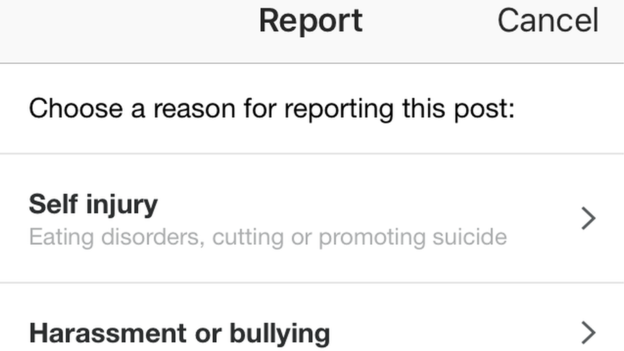
Right at the bottom are two options that might fit…

There is no obvious function on Instagram to simply say “this is fake” other than to report it as spam.
Final measures
Once you have completed your civic duty, we wouldd recommend putting on the kettle, making a cup of tea and having a slice of cake. You have earned it.
(In case you are wondering, the story we’re using as an example is definitely fake, or so the hoaxer behind it told the Washington Post).
Produced by the UGC and Social News team





